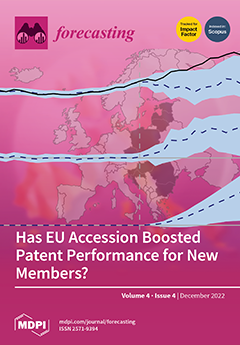Open AccessReview
Ecological Forecasting and Operational Information Systems Support Sustainable Ocean Management
by
Chaojiao Sun, Alistair J. Hobday, Scott A. Condie, Mark E. Baird, J. Paige Eveson, Jason R. Hartog, Anthony J. Richardson, Andrew D. L. Steven, Karen Wild-Allen, Russell C. Babcock, Dezhou Yang, Rencheng Yu and Mathieu Mongin
Cited by 6 | Viewed by 2395
Abstract
In times of rapid change and rising human pressures on marine systems, information about the future state of the ocean can provide decision-makers with time to avoid adverse impacts and maximise opportunities. An ecological forecast predicts changes in ecosystems and its components due
[...] Read more.
In times of rapid change and rising human pressures on marine systems, information about the future state of the ocean can provide decision-makers with time to avoid adverse impacts and maximise opportunities. An ecological forecast predicts changes in ecosystems and its components due to environmental forcing such as climate variability and change, extreme weather conditions, pollution, or habitat change. Here, we summarise examples from several sectors and a range of locations. We describe the need, approach, forecast performance, delivery system, and end user uptake. This examination shows that near-term ecological forecasts are needed by end users, decisions are being made based on forecasts, and there is an urgent need to develop operational information systems to support sustainable ocean management. An operational information system is critical for connecting to decision makers and providing an enduring approach to forecasting and proactive decision making. These operational systems require significant investment and ongoing maintenance but are key to delivering ecological forecasts for societal benefits. Iterative forecasting practices could provide continuous improvement by incorporating evaluation and feedback to overcome the limitations of the imperfect model and incomplete observations to achieve better forecast outcomes and accuracy.
Full article
►▼
Show Figures





